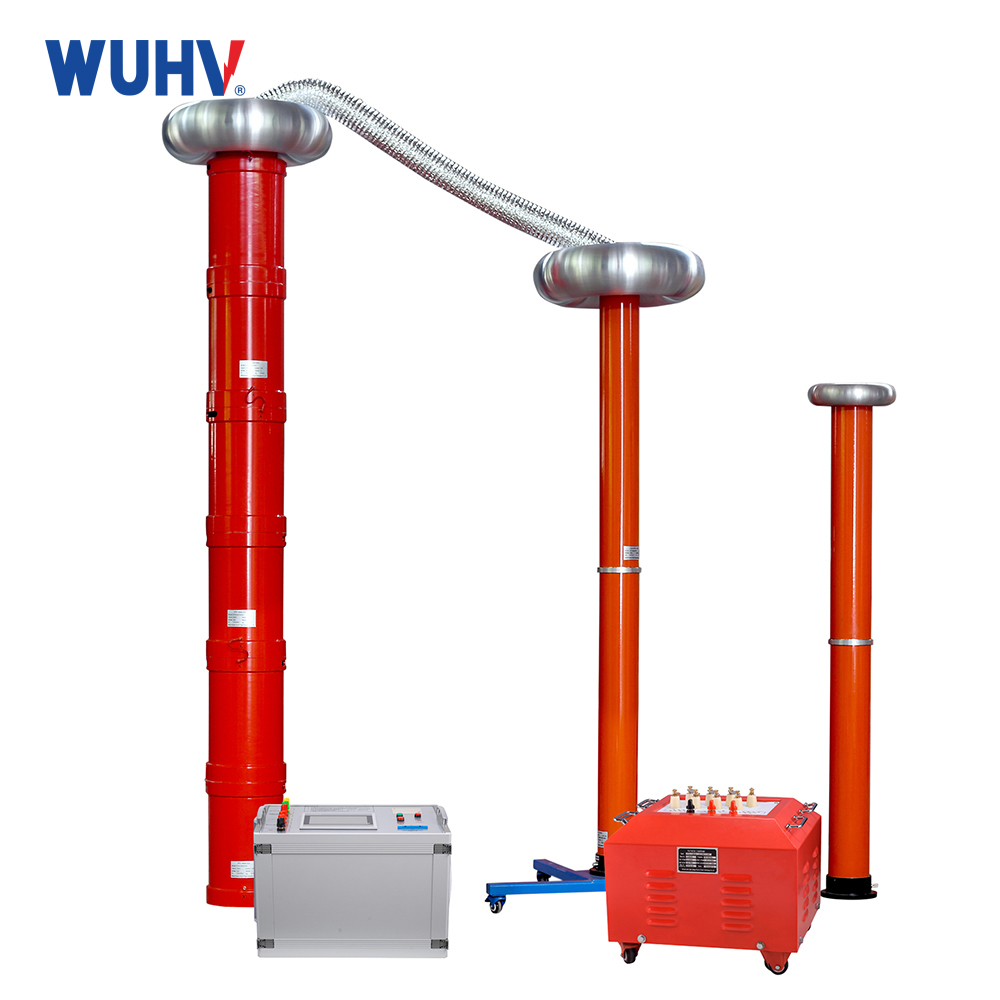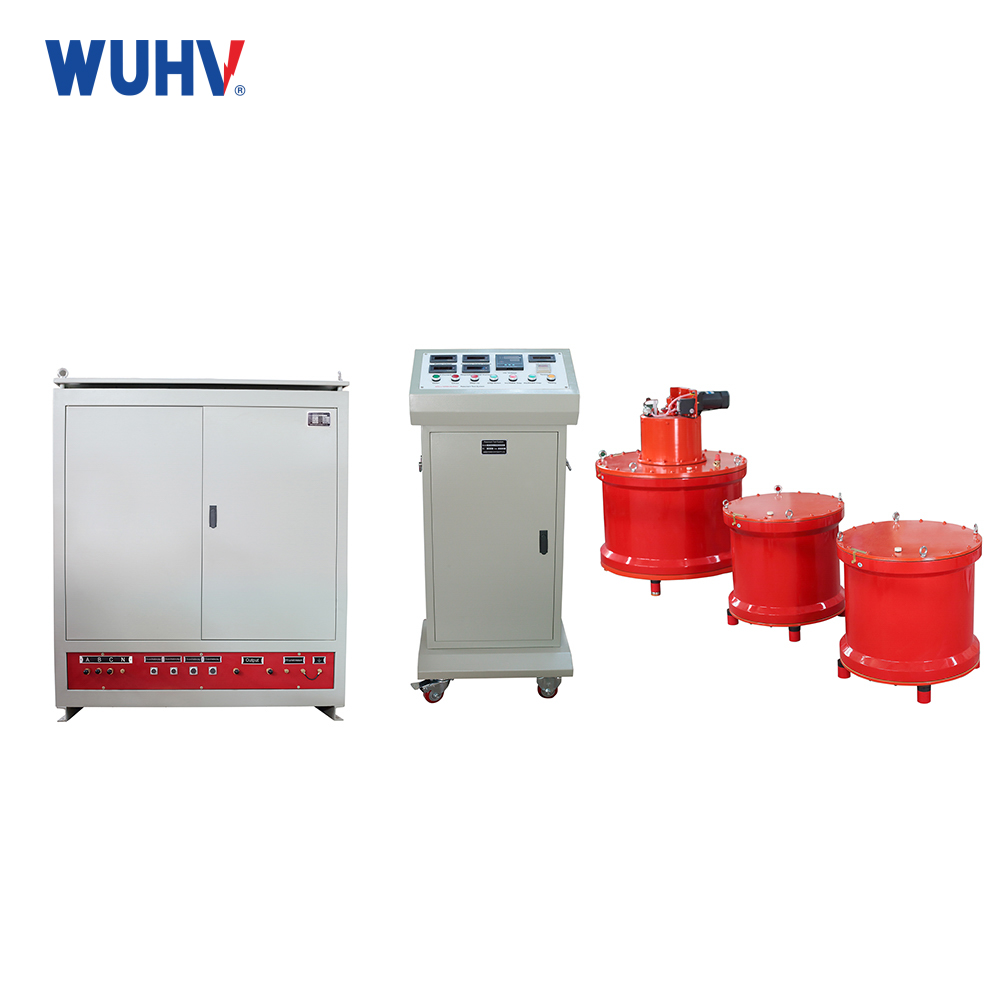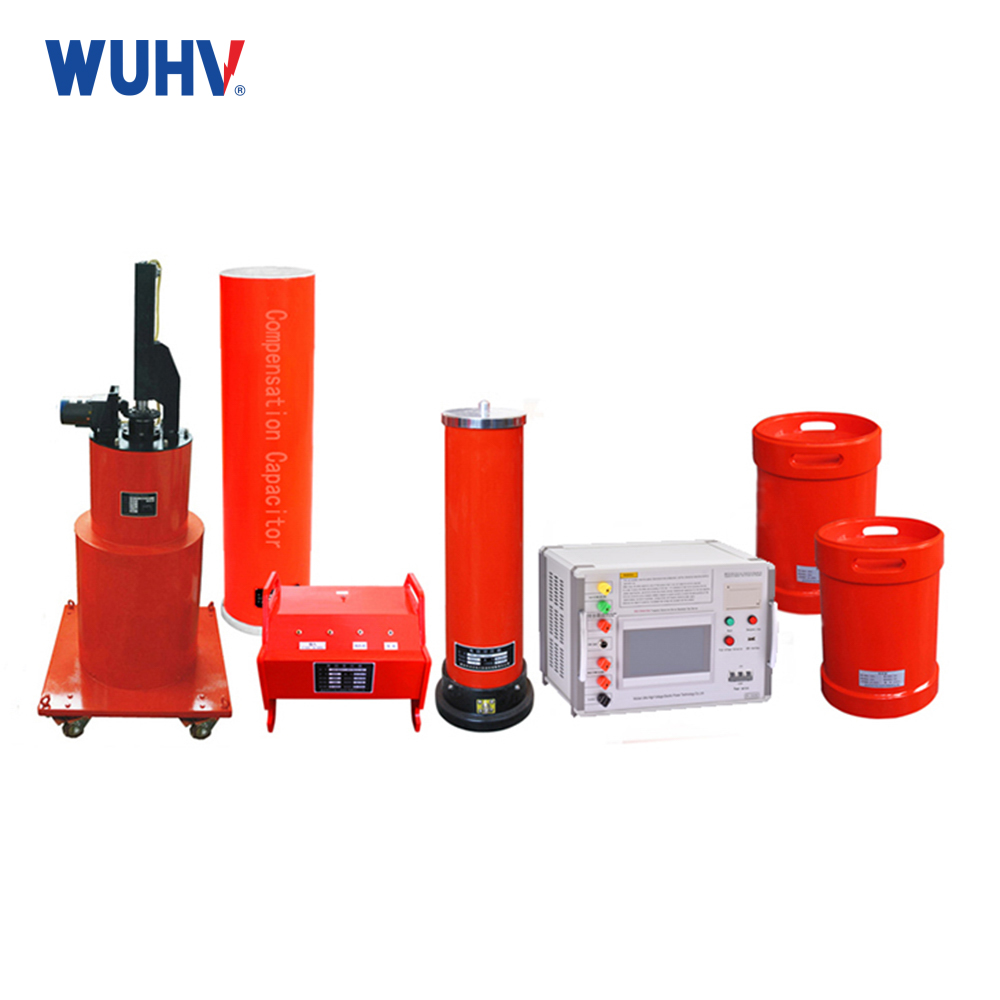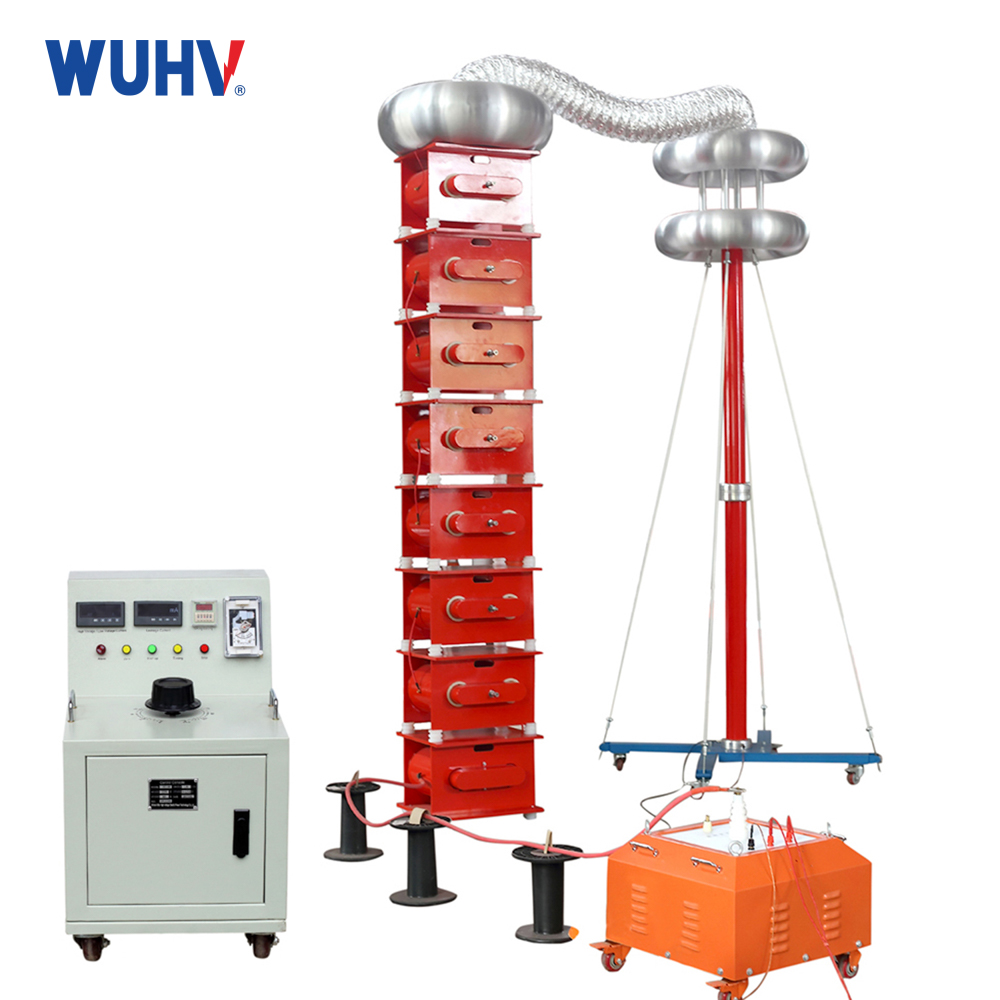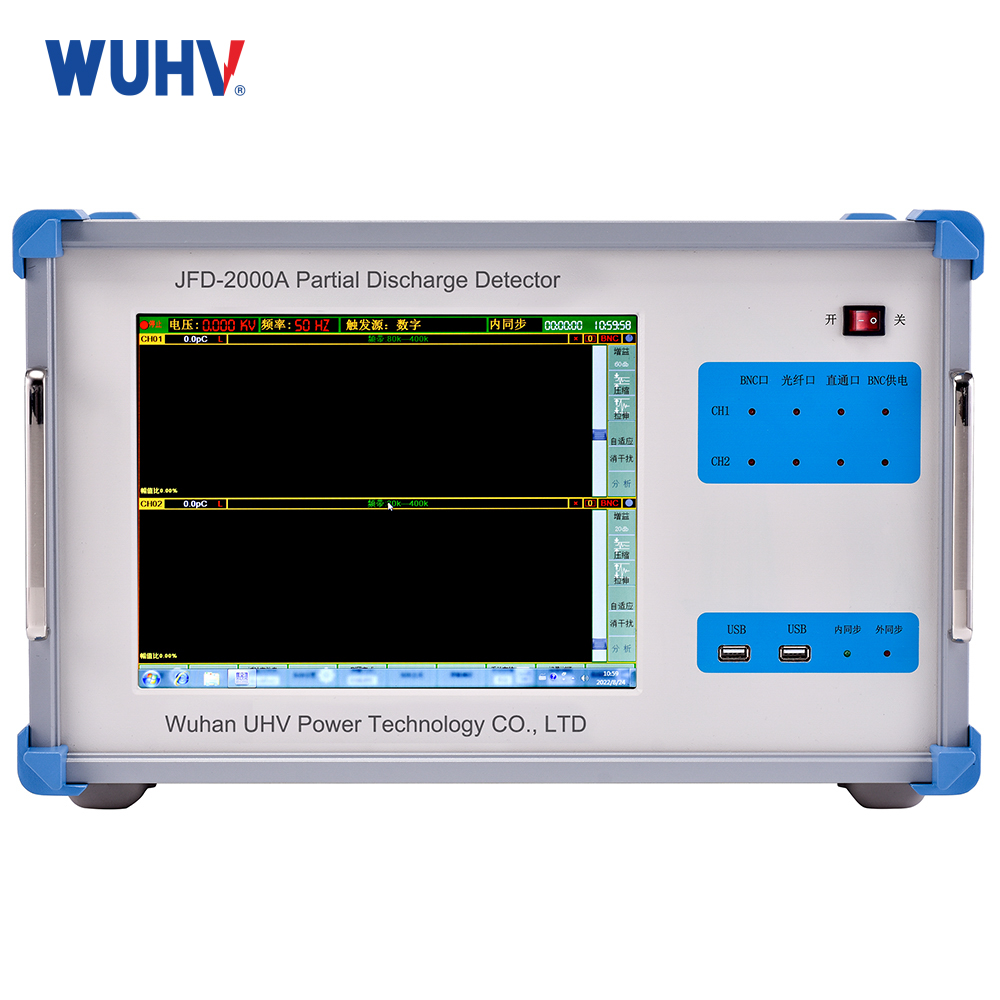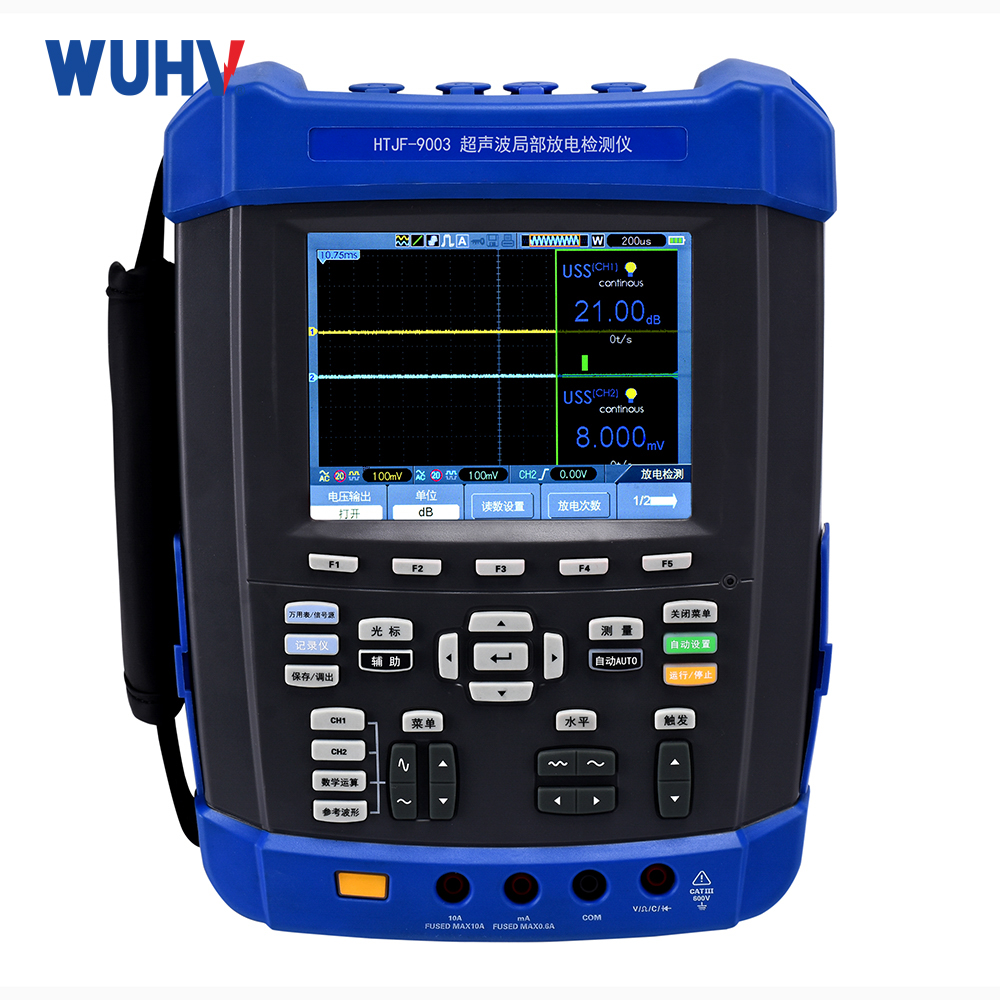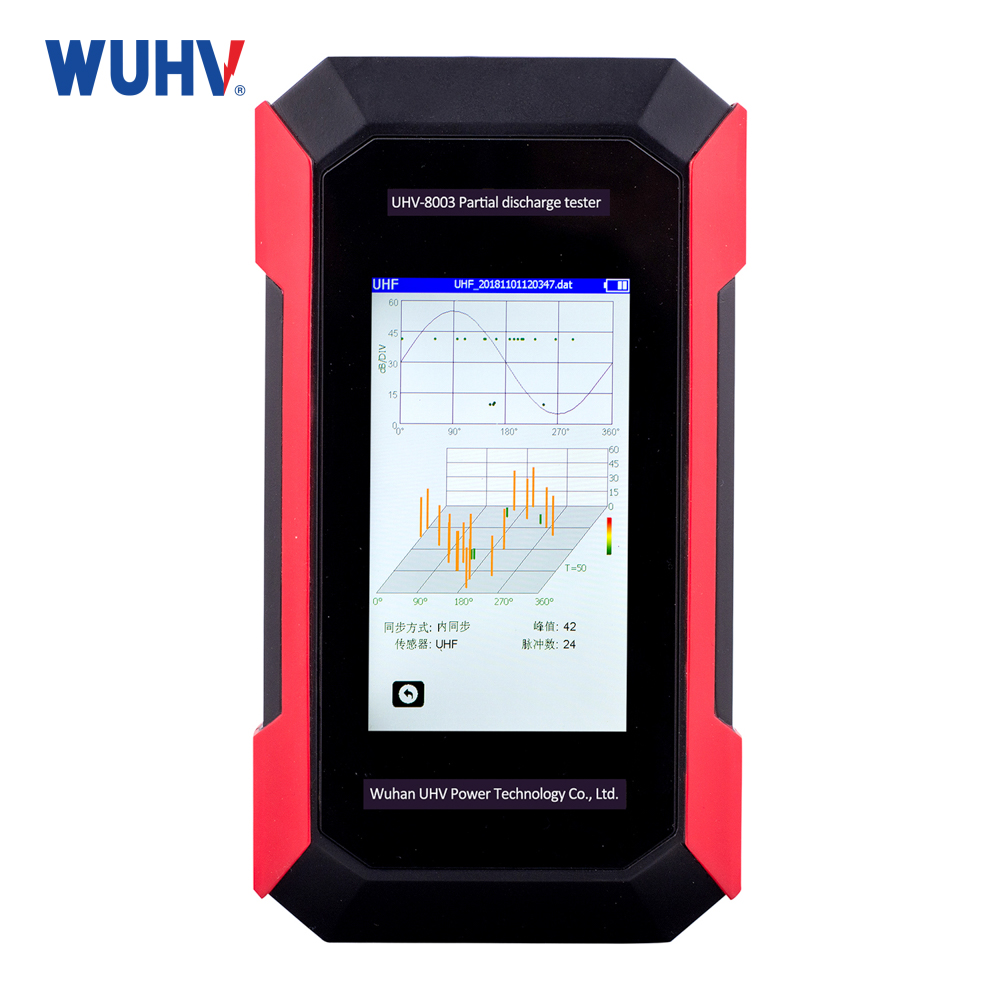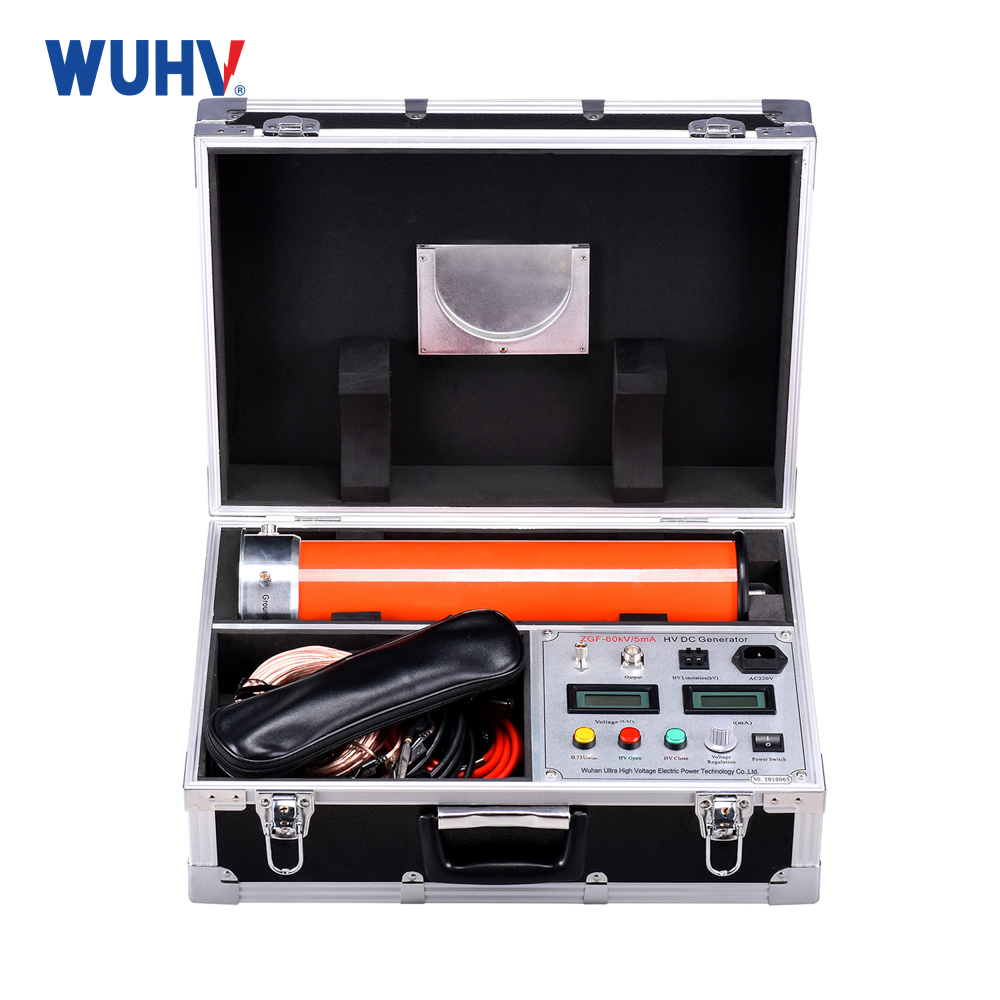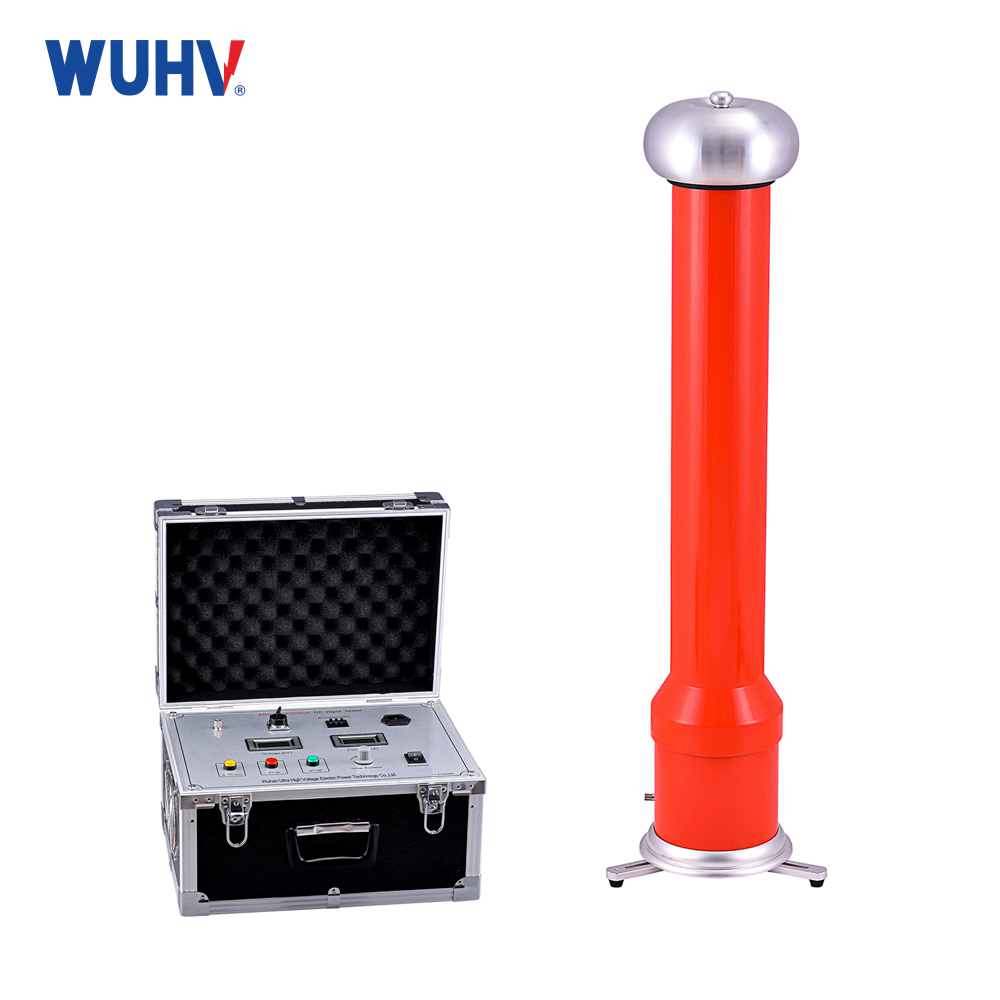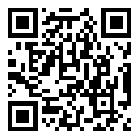TheUHV-300 CT PT Volt-ampere Characteristic Analyzeris essential for protection relay testing, substation maintenance, and transformer diagnostics. Its ability to automatically generate excitation curves, ratio errors, and winding resistance makes it a powerful tool for ensuring grid reliability.
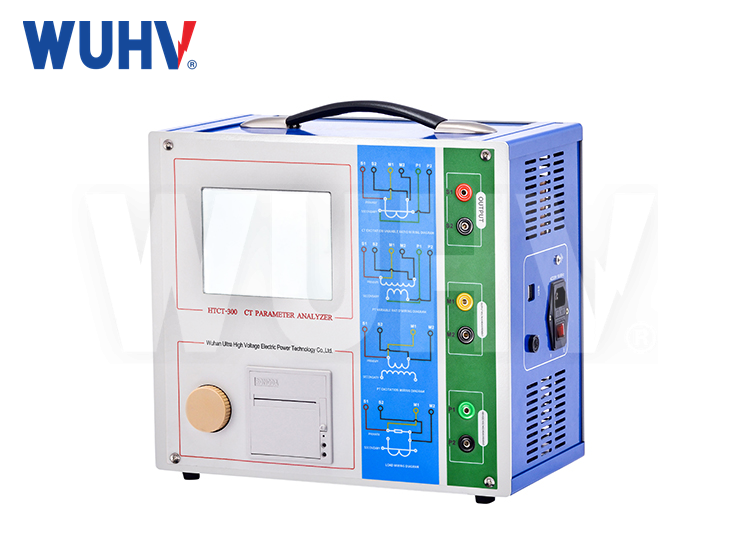
Key Features
1、Comprehensive Testing Capabilities
CT Testing: Excitation characteristics, ratio, polarity, winding resistance, burden, and saturation analysis.
PT Testing: Volt-ampere (V-I) curves, excitation current, accuracy verification.
2、High-Precision Measurements
Measures excitation current, knee-point voltage, turns ratio, and phase error.
Supports 5A/1A CTs and PTs with multiple voltage ranges.
3、Built-in Power Supply & Auto Testing
Integrated variable voltage/current source (up to 300V or higher, depending on model).
Automatic test sequence for quick and efficient analysis.
4、Graphical Display & Data Storage
LCD touchscreen for real-time V-I curve plotting.
Stores test results for comparison and reporting.
5、Portable & User-Friendly
Lightweight design for field use.
Supports USB/Bluetooth for data transfer and PC software integration.
Typical Applications
1、CT/PT Verification – Ensures compliance with IEC 60044, IEEE C57.13, and other standards.
2、Saturation Testing – Determines the knee-point voltage and excitation characteristics.
3、Fault Diagnosis – Detects short-circuited turns, open circuits, or core degradation.
4、Commissioning & Maintenance – Validates transformer performance before and after installation.
How It Works
1、Excitation Test (V-I Curve)
Applies increasing voltage to the CT/PT secondary and records excitation current.
Plots the magnetization curve to identify knee-point voltage (Vk).
2、Ratio & Polarity Test
Injects a test current into the primary and measures secondary output to verify turns ratio & polarity.
3、Winding Resistance Test
Uses 4-wire Kelvin method for accurate resistance measurement of windings.
4、Burden Test
Checks the actual load connected to the CT/PT secondary.
Advantages Over Traditional Methods
1、Faster & Safer – No need for manual voltage injection or separate meters.
2、More Accurate – Digital processing eliminates human error in curve plotting.
3、Comprehensive Reporting – Generates test certificates for compliance.
Safety Considerations
1、De-energize CT/PT before testing.
2、Ensure proper grounding.
3、Follow manufacturer’s test limits to avoid overheating.


